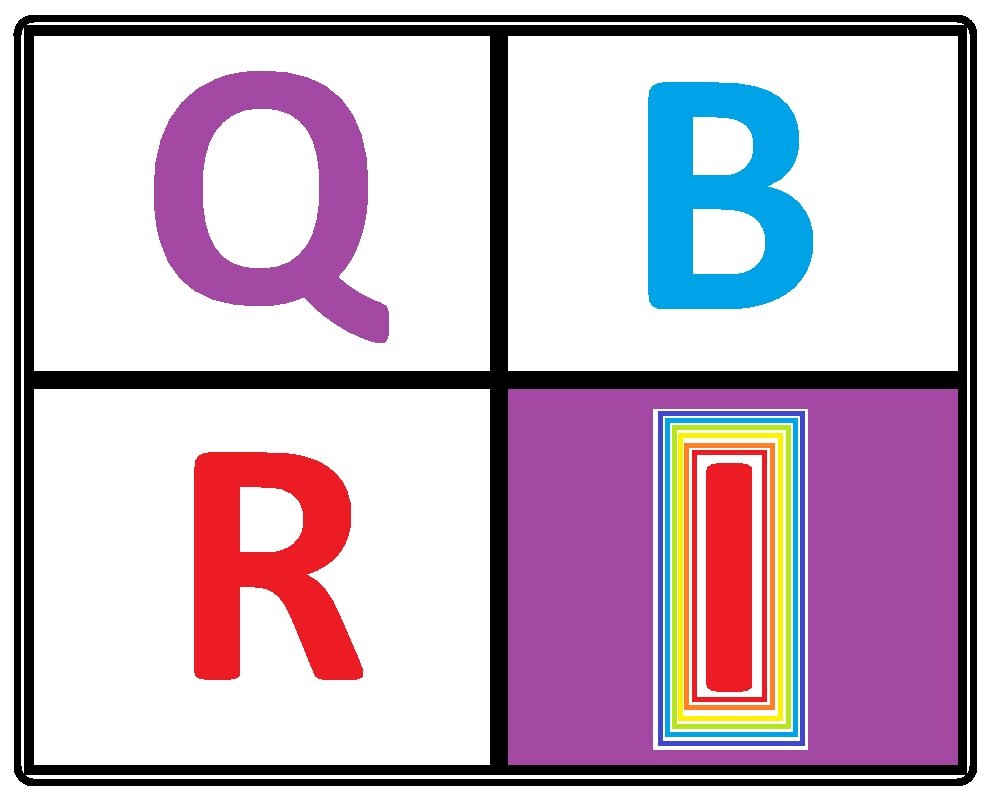The electron charge
Charge is a surface property. A thin membrane (alpha) separates the inner surface and outer surface of the bubble that the electron is made from the velocity of alpha particles emitted from the He-BEC singularity. The fine structure constant separates the inside and outside of the electron bubble. The diameter of the electron in the SUSY inversion model is 4E-18 meter and its inverted size is 2.5E+17 meter. 1/Radius = 5E+8 m
The surface area is 4 Pi r^2 = 3.18E-19 m
This is 99.35% of the expected value.
The inside and outside surface areas mean the total surface area is 1.602E-19 + 1.602E-19 = 3.204E-19 m
Charge is the surface area of the sphere made by 1/v^2
Out v^2 = In sqrt (v)^4
This is the balance of opposites in effect.
The electron is a fundamental particle. It is like a number one building block of the universe of atoms. It has some magical properties. The electron has a negative 1 charge (-1). Actually, its charge is 1.60217663E-19 coulombs.
Why does the electron have this charge and why does the proton have the exact opposite charge? We need to understand what charge is and how it is generated to be able to understand one of the fundamental properties of an electron. Because the electron has a diameter of 4E-18 meter made up of two Planck lengths 1.6E-35 meter. The square root of the Planck length gives the diameter of the electron. This means the radius of the electron in the SUSY inversion model is defined by the Planck length.
What relationship does the electron have to the speed of light? The emission of alpha particles from the He-BEC singularity sets the gold standard with respect to the fastest thing in the SUSY inversion universe and not the speed of light which is 9.97 times slower than the velocity of the alpha particles emitted from the He-BEC isotropic universe. This accounts for the inflationary expansion of the universe. Faster than light. This means we need to start by understanding this speed and its origin.
The emission of alpha particles from the He-BEC singularity occurs at the KJ/mol velocity based on the binding kinetics of helium at a distance of 4E-14 meters. This equates to a velocity of 2990637811 meters per second. This is a biological energy term. The SUSY inversion universe is alive. The singularity provides the embryonic state of the universe that generates the universe that we know and love.
This speed is special. The velocity of alpha particle emission squared is 8.94391E+18 m and the inverse of this number is 1.11808E-19 m^-1.
It can be seen that the inverse square law of the alpha particle emission velocity is nearly identical to the coulombs charge on the electron. It is 69.8% of the value. This approximate value does not take into account the thickness of the electron’s membrane, nor does it consider the surface area of the membrane sphere both inside and out. When the calculations are performed a more accurate number is obtained as shown above.
The v^2 and 1/v^2 provides context for the surface charge properties of the electron and positron. We can now understand that the initial particles in the He-BEC singularity had no charge whatsoever because there was no motion. Without the motion of v there is no charge. Only when alpha particle emission occurred due to a specific geometry (the cross), enables motion and this is when charge is generated. The distance v^2 and its inverted symmetry of 1/v^2 provides the required decay rate to generate c (the speed of light), and v/c (90-degree angle) produced Pi^2, corresponding to the generation of a positron and an electron that separate from the singularity (the point of their creation out of the vacuum of space). The positron and electron are always created at the same time to maintain an overall zero charge. This means the charges overall remain when added together equal to zero. This is the SUSY inversion balance point within the singularity at the centre of each atom itself and it is the mirror symmetry state to the He-BEC singularity.
When the quark charges in the SUSY inversion model are multiplied together neutrons have an overall charge of -1 and NOT zero as in the Standard model of physics, and protons have an overall charge of +1. They are attracted to each other (opposite charges attract and like charges repel one another). The stability of the quarks is obtained when they are added together, and the sum of the addition gives an overall charge of zero. That is why one proton neutralizes one neutron in the SUSY inversion model, because this provides the balance of opposites. This occurs when there is an equal number of protons and neutrons. These are the stable atoms of the periodic table. The isotopes or unstable atoms have an odd number of protons and neutrons. This means their nucleus contains either a positive charge or a negative charge depending on the proton and neutron composition. Unstable isotopes decay into stable atoms by changing an Up quark with a Down quark. This produces an atom with an equal number of protons and neutrons and gives the nucleus an overall charge of zero.
Did you know that even numbered atoms are more stable than odd numbered atoms? This is to do with the structure of the neutron and protons and the three quarks in each. Stability is important but so is instability. If everything was stable, there would be no charge and no change for change to occur. It is the unstable atoms that have a power job to play in the evolutionary processes of the universe.
Just consider what if there was no initial alpha particle emission from the He-BEC singularity. This would mean there would be no universe at all. OR at least not a universe like the one we live in.

